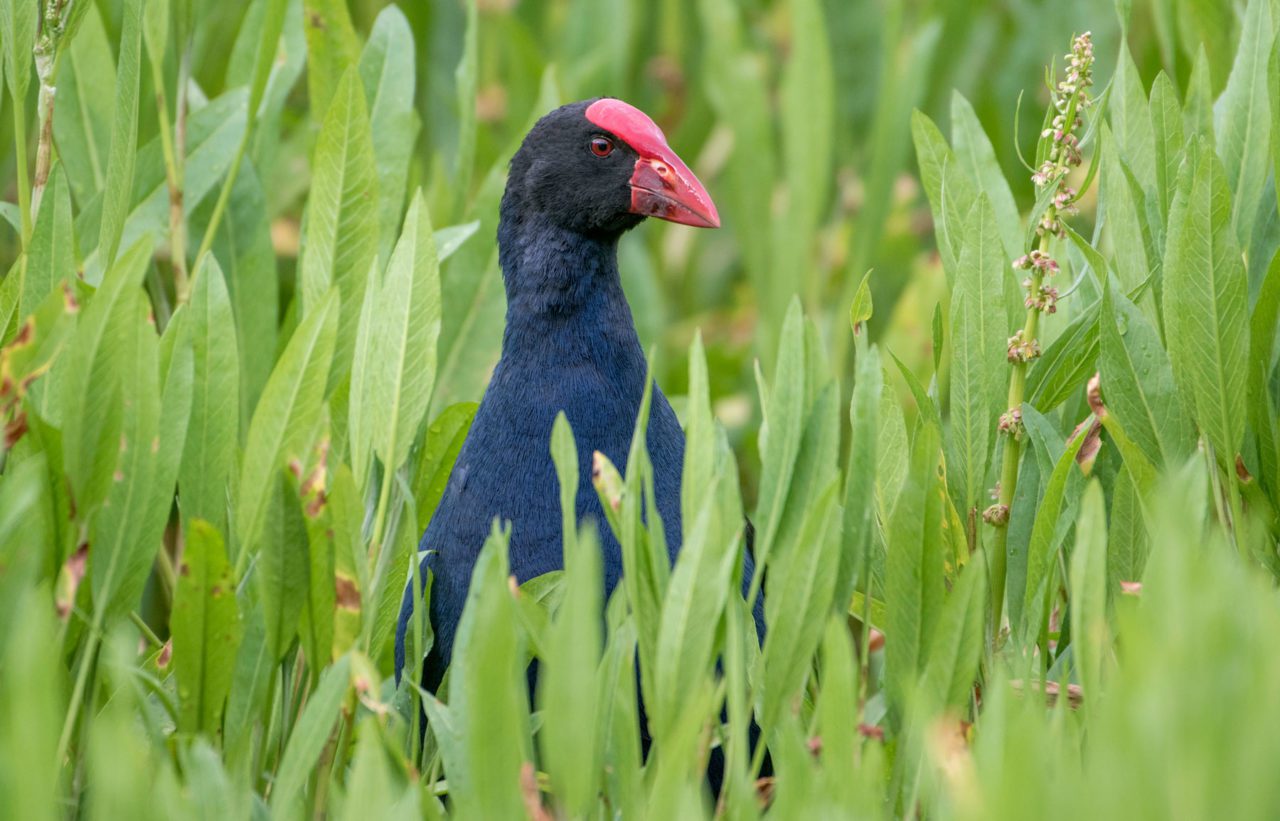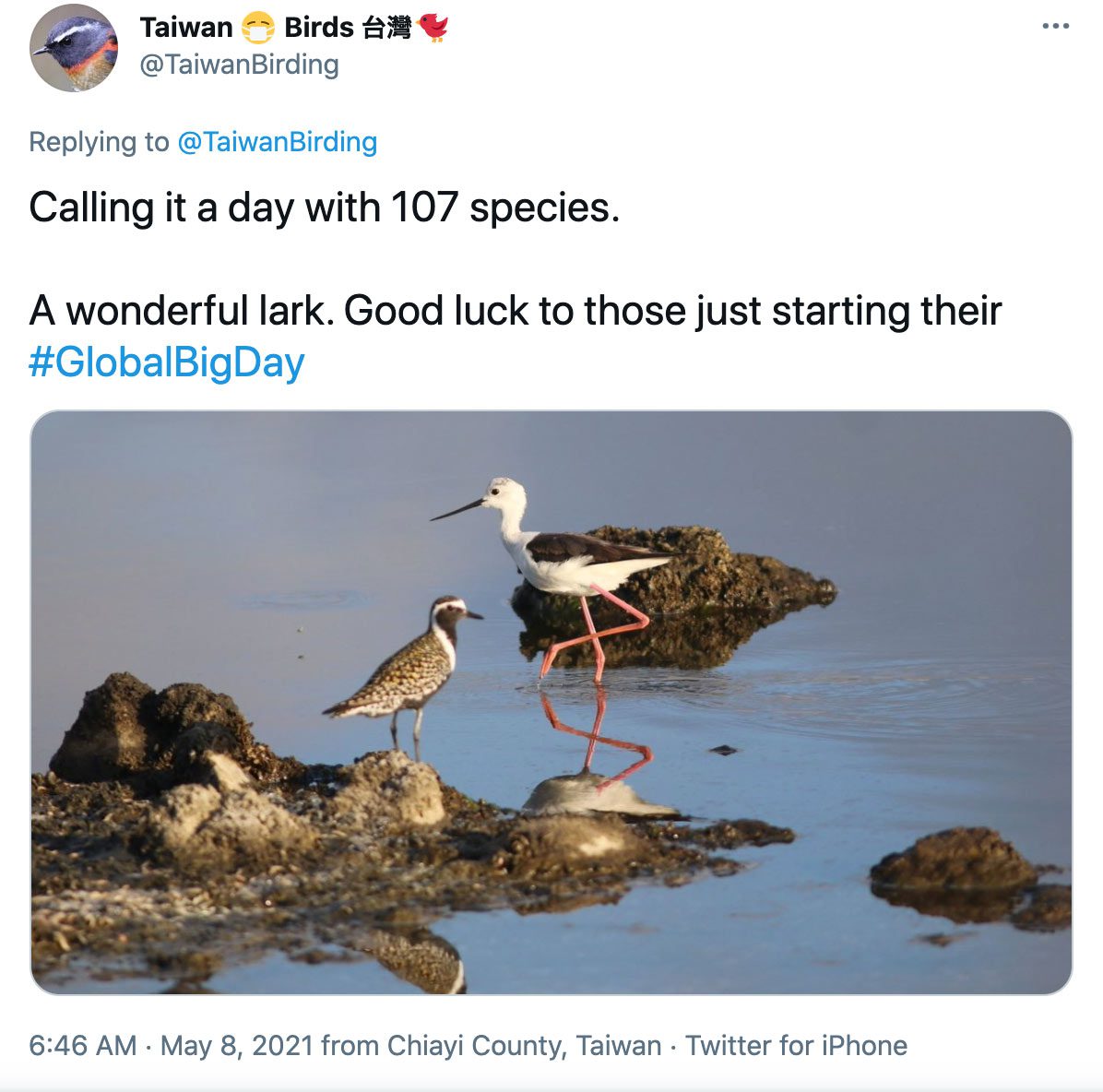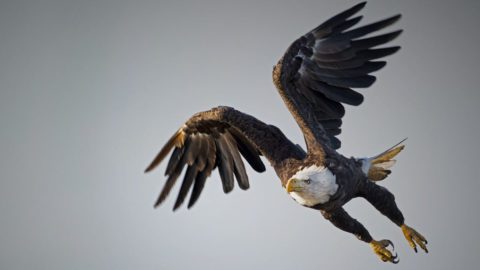eBirders Surpass 1 Billion Observations and Break Global Big Day Records
By Gustave Axelson
June 25, 2021
From the Summer 2021 issue of Living Bird magazine. Subscribe now.
On May 8, birder Heidi Krajewski saw an Australasian Swamphen in a park in New South Wales, Australia, during Global Big Day—and eBird broke the 1 billion mark in total bird observations.
“I am overcome with emotion as eBird achieves the milestone of 1 billion observations,” said John Fitzpatrick, executive director at the Cornell Lab. “We started eBird 19 years ago as a hopeful venture uniting birders’ needs and passions with birds’ remarkable powers to advance science, conservation, and public engagement. Our continuing investment in this experiment has yielded compounding rewards every year since.”
eBird’s database represents more than 77 million birding checklists submitted by nearly 700,000 eBirders from every country in the world. eBird data is used for science and conservation worldwide. For Amanda Rodewald, senior director for the Cornell Lab’s Center for Avian Population Studies, eBird data is a vital tool for conservation initiatives.
“eBird’s 1 billion bird observations mean more potential than ever to create, curate, and apply data products that fuel scientific discovery and support conservation decision-making,” said Rodewald. “Fine-scale details about distribution, abundance, and population trends across broad spatial and temporal extents provide a lens to better understand the full annual cycle of birds and guide strategic, dynamic, and precision conservation.”
eBird’s database is freely available, so scientists and anyone around the world can access and download eBird data to use it for informing their research, analyses, and policies.
“When eBird reached India in 2014, birders in India finally had an opportunity to upload their bird lists and contribute to greater knowledge—eventually culminating in the State of India’s Birds,” says Ashwin Viswanathan, eBird India partner and research associate at Nature Conservation Foundation India. “An output like State of India’s Birds at a national scale was impossible without a technology infrastructure like that of eBird, particularly for a country like ours with its size and diversity.”
At the current rate of checklist contributions into eBird, the database should reach 2 billion observations by the end of 2025.
“Congratulations and kudos to all you birders who have been pouring in the eBird observations. You are helping generate new understanding about the relationships between humans and the earth’s natural systems, in real time, every day,” said Fitzpatrick. “Let’s keep the pedal to the metal, and bring on the next billion observations even quicker than the first! The birds, their habitats, and the earth thank you, every one of you.”
Global Big Day ’21 Sets Four World Records

Global Big Day 2021 set new records—for the most birders, from the most countries, reporting the most bird species, via the most birding checklists—in a single day of birding.
This year marked the 7th Global Big Day, an annual one-day birding blitz that enlists people all around the world to see and hear as many birds as they can and report their finds to eBird.
“It’s so thrilling to see the results of this year’s Global Big Day. Setting four world records is an achievement to be proud of, and what is most inspiring is watching over 50,000 birders unite across 192 countries to find over two-thirds of the world’s bird species in a single day,” said Jenna Curtis, eBird project coleader at the Cornell Lab. “Global Big Day isn’t just about setting records or chasing rare birds. It’s about coming together and sharing our love of birds in a way that makes a difference. eBird’s billion observations are used around the world every day for research, education, and to protect bird populations. As people share more bird sightings and eBird grows, so does its ability to power meaningful work.”

All About Birds
is a free resource
Available for everyone,
funded by donors like you
American Kestrel by Blair Dudeck / Macaulay Library



